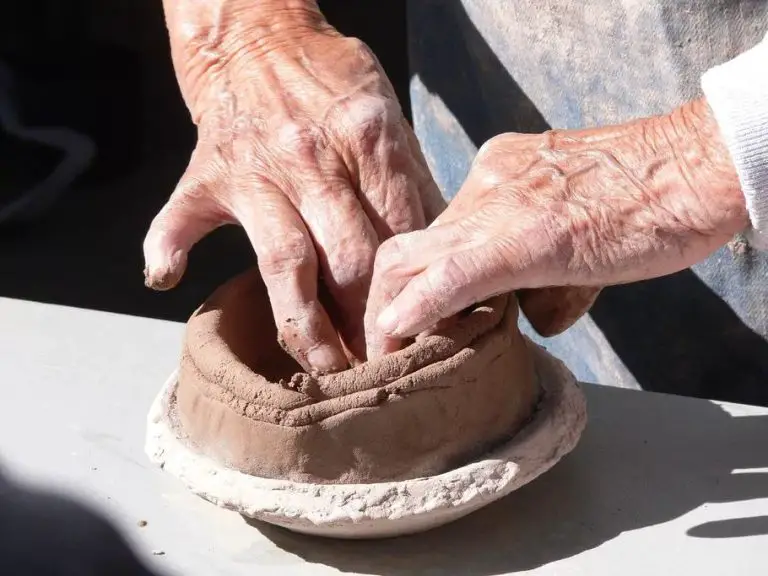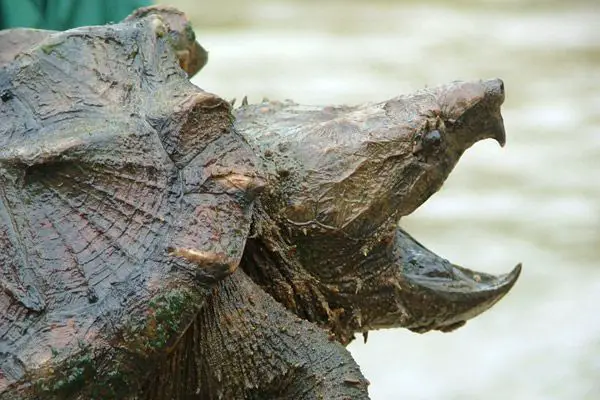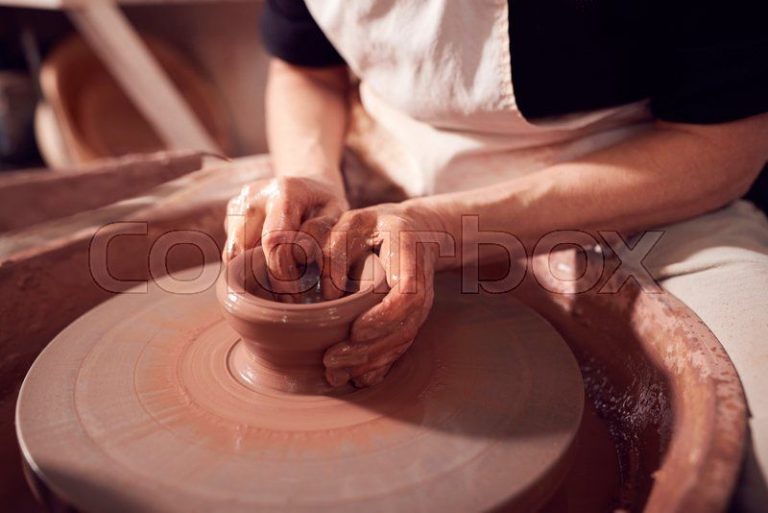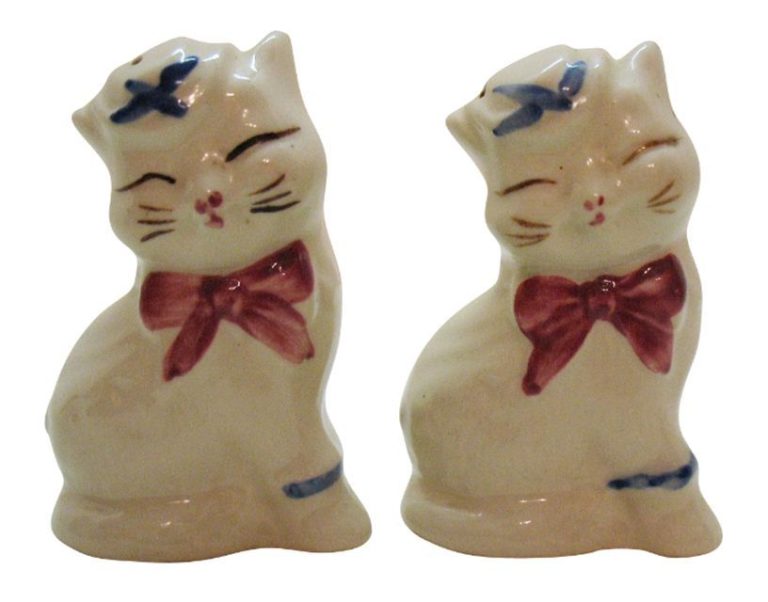Can You Keep Air Dry Clay Soft?
What is Air Dry Clay?
Air dry clay, also known as modeling clay, is a type of ceramic clay designed to harden and dry at room temperature. Unlike clays that require firing in a kiln, air dry clay will cure and harden into a strong, permanent material through evaporation.
The main ingredients in air dry clay are water and natural earth clays such as kaolin, bentonite, or ceramic clay. It may also contain small amounts of additives like sodium silicate that help the clay dry faster without cracking. Pigments can be added to create colored modeling clays.
Air dry clay has a smooth, malleable texture when moist that makes it easy to shape and sculpt detailed forms. As it dries, the water evaporates from the clay and it firms up into a solid, durable material. Properly dried air dry clay has properties similar to ceramic and can be painted, sealed, or decorated.
Why Air Dry Clay Hardens
Air dry clay hardens through a process called drying. As the clay is exposed to air, the water that was added to the clay during manufacturing begins to evaporate. The water acts as a plasticizer, allowing the clay particles to move around each other while the clay is wet and pliable. As the water evaporates, the clay particles cannot move past each other anymore, and the clay becomes stiff and hard.
The water evaporation process happens faster if the clay is exposed to dry air, heat, or direct sunlight. The more moisture in the air and lower the temperature, the slower the water will evaporate from the clay. This is why it’s important to seal air dry clay in an airtight container when not in use.
Without the water acting as a plasticizer, the clay is unable to keep its soft, moldable texture. The clay hardens as the water evaporates until it becomes stiff and brittle. At this point, it can no longer be reshaped without reconditioning.
Keeping Air Dry Clay Soft Short Term
If your air dry clay starts to harden and you want to soften it for use in the next day or two, there are a few simple methods you can try. The key is preventing the clay from drying out by sealing in moisture.
One option is to store your clay in an airtight plastic container or bag. Squeeze out any excess air and make sure the seal is tight. The container will trap moisture and keep the clay malleable. Just be careful not to leave it sealed for more than 2-3 days, or condensation may form.
You can also soften stiff clay by adding a few drops of water and kneading it in. Start with just a little water so the clay doesn’t get overly sticky. Wrap the conditioned clay in plastic wrap or a damp paper towel to retain moisture. The water will soften the hard outer layer and penetrate through the clay as you knead.
For clay that is starting to dry out but still pliable, wrapping it tightly in plastic wrap can buy you a day or two. The plastic will prevent moisture from evaporating out. Just remember to check on the clay and unwrap periodically so condensation doesn’t build up.
Long Term Clay Softening Methods
If your air dry clay has been allowed to dry out and harden, there are a few techniques you can use to rehydrate and soften it for extended use:
Glycerin
One of the most popular and effective ways to keep air dry clay soft long term is by mixing in glycerin. Glycerin is a colorless, odorless liquid that acts as a humectant to keep clay moist and pliable. Simply add a teaspoon of glycerin per 1/4 pound of clay and knead it in thoroughly. The glycerin prevents the clay from drying out quickly.
Commercial Softeners
There are commercial products like clay softeners and extenders made specifically for reconditioning hardened modeling clay. These maintain flexibility, elasticity and workability of the clay for months. Follow package directions to mist, mix or knead the softener into the clay until its smooth and pliable again.
Proper Clay Storage
To keep air dry clay soft for as long as possible, it’s important to store it properly when not in use. The ideal storage conditions are in a cool, dry area inside an airtight container. Storing the clay in a cool environment is key, as heat will cause the clay to dry out and harden faster. Try to keep it in an area around 60-70°F if possible. Placing the clay in an airtight plastic container or bag pushes out excess air and creates a microclimate that retains moisture inside. Make sure the container is sealed tightly to prevent air circulation. Glass jars can also work if the lid seals tightly. Stored properly in a cool, airtight container, air dry clay can retain its softness for months.
When to Recondition Clay
Air dry clay can start to dry out and harden over time, even when stored properly. Pay attention to signs that your clay is drying out and needs to be reconditioned:
- The clay becomes crumbly and difficult to shape
- It no longer sticks together well and won’t hold its shape
- The surface feels dry and powdery
- Cracks and lines start to form on the clay surface
- The clay has been stored for a long time, even if sealed
As soon as you notice these signs, it’s time to rehydrate and recondition the clay. Don’t wait until it is fully hardened, as very dried out clay can be difficult or impossible to revive.Aim to recondition clay while it still has some moisture and pliability left.
With proper rehydration and kneading, you can restore dried out clay to a soft, workable state. The earlier you recondition your clay, the easier and more effective the rehydration process will be.
Reconditioning Dried Out Clay
If your air dry clay has become too dry and stiff to work with, there are a few methods you can try to recondition it and make it malleable again:
Soaking
One of the easiest ways to soften dried clay is to soak it in water. Fill a container with room temperature water and submerge the clay completely. Let it soak for at least 24 hours to fully rehydrate. The longer you soak the clay, the softer it will become.
Kneading
After soaking, take the clay out of the water and knead it vigorously with your hands. Knead it like dough for several minutes to work the moisture back in and make the clay pliable. If it still feels too stiff, continue kneading or try soaking it longer.
Commercial Softeners
There are commercial clay softening products available as well. These are chemical solutions that you soak the clay in or mist onto the clay to replenish moisture and flexibility. Follow package directions for proper use. Softening products can quickly restore dried clay but may alter the texture somewhat.
Clay Texture After Reconditioning
Once you’ve reconditioned dried clay by adding water, the texture can take some time to return to its original smooth and malleable form. Here’s what to expect in terms of clay smoothness, cracks, and dried bits after reconditioning:
Smoothness: Immediately after adding water, the clay will still feel quite dry and rough. Kneading the clay for several minutes will help hydrate it and restore some smoothness, but it may not become completely smooth again. Be patient and keep kneading.
Cracks: If the clay has hardened significantly, it’s normal for cracks and fissures to appear on the surface as it re-hydrates. These cracks should slowly diminish and disappear as you knead the clay. Press firmly to smooth them out.
Dried Bits: You may encounter dried chunks or crumbly pieces even after adding water and kneading. Pick these out and discard them. Keep kneading the clay until it regains an even, smooth consistency. The dried bits are unlikely to rehydrate fully.
Overall, reconditioned clay may never become perfectly uniform again. But with persistent kneading and folding, you can get it close. The clay will become increasingly workable the longer you knead it.
Using Reconditioned Clay
Once you’ve brought dried out clay back to a workable texture, you may notice some differences compared to fresh clay. Reconditioned clay can be more fragile and prone to cracking and crumbling. Take care when reshaping rehydrated projects, working the clay gently to avoid it breaking apart.
While reconditioned clay is softer and more malleable, it loses some structural integrity. Pieces may not hold their shape as firmly and could deform more easily over time. Avoid using rewetted clay for pieces that need to bear weight or be handled frequently.
Let rehydrated clay rest before baking to allow moisture to distribute evenly again. Dried clay absorbs water quickly but it takes time for the moisture to penetrate throughout a large piece. If baked too soon, the outer areas will harden while the interior sections remain moist and undercured.
Although reconditioned clay has some drawbacks, if cared for properly it can still produce beautiful, functional air dry clay creations. With extra patience and care, projects made from rehydrated clay can come out just as nicely as when using fresh clay.
Discarding Unworkable Clay
There comes a point when dried out or overworked clay cannot be salvaged. If the clay is heavily cracked, crumbling, or has turned to dust, it’s usually best to throw it out and start fresh. Trying to recondition clay that is past its prime will likely result in a lumpy, gritty texture that is frustrating to work with.
Signs that air dry clay should be discarded include:
- The clay feels more like dust or powder than a malleable material.
- There are large cracks throughout the clay that do not disappear when rehydrating.
- The clay has strange hard lumps that won’t smooth out.
- The clay smells odd or shows signs of mold/mildew.
If your clay exhibits any of these warning signs, do not try to salvage it. Clay is relatively inexpensive, so you’re better off buying a fresh pack rather than struggling with clay past its prime. Work with clay soon after opening it for best results.






